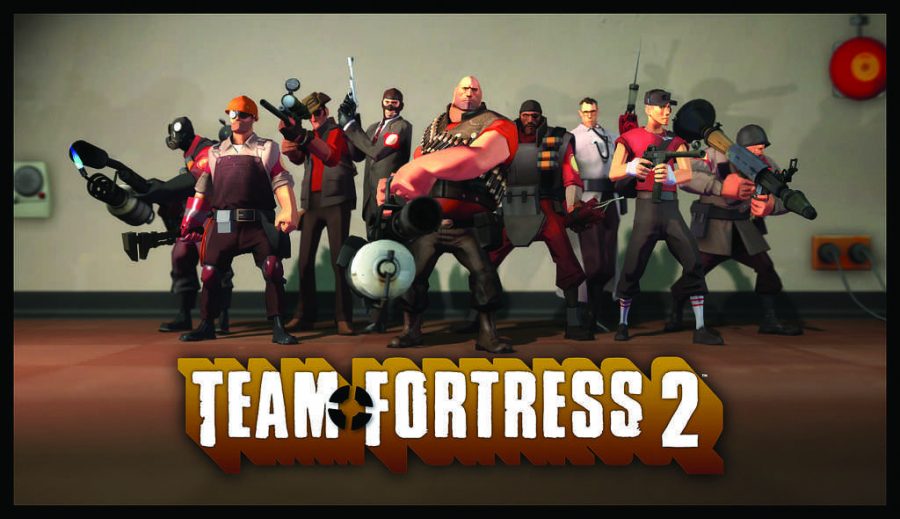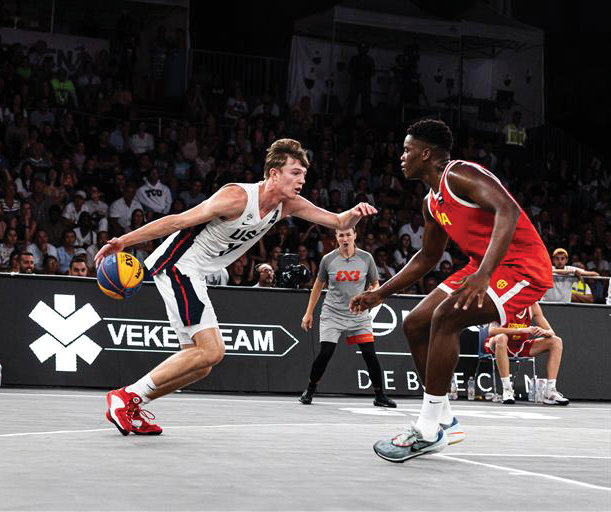With the rising popularity of video games around the world many gamers have become involved in competitive gaming. Most Esports, the term for competitive gaming, have fans watching games on streaming sites like Twitch.tv, but recently Esport leagues have signed deals with major television broadcast companies in the United States and abroad.
Esports is a multi-billion dollar industry and continues to grow as new games are made and new players join. One tournament in Seattle in 2015 had a prize pool of $18 million. Popular games such as League of Legends, Dota 2, Counter Strike: Global Offensive and Team Fortress 2 have major tournaments that net more than one million viewers each game of the tournament.
One of the biggest companies in Esports, the Valve Corporation, developed three major competitive video games: Dota 2, Counter Strike: Global Offensive and Team Fortress 2.
Valve released Team Fortress 2 in 2007. Since then, it has improved and refined the mechanics of the game, which is a team-based first person shooter with different classes each with their own weapons and special abilities. As the game grew more popular, a competitive game mode was created called sixer. Competitive games consists of two six player teams that battle for control of the map.
Zach Belatache ‘16 played Team Fortress 2 on a competitive team called Pootis Force. He played the scout character, who works as a utility player for the team. Most competitive teams consist of two soldiers, two scouts, one medic and one demo man. Belatache played in the Steel division of the United Gaming Clan (UGC). UGC is an organization which creates leagues for competitive players to play other teams. After playing the game for two years, Belatache was invited to join a competitive team.
“I was the second most inexperienced player on the team; for example, our Demoman, who was our best player, bought TF2 the day it came out,” Belatache said.
In his role as scout, Belatache moved around the map, gathering the whereabouts of the enemy players so his team could move in and take them out.
“When I joined the team, I mostly did it for fun; a guy in a public server I was playing in said I was pretty good and asked if I wanted to play as a sub for a casual team, so I joined,” Belatache said.
Eventually, the team became more competitive and raised its expectations for Belatache, meaning that Belatache would have to become more serious and invest more time in the game.
“In TF2, to play at a high level, Scout mains like me have to be able to off-class, or play as other classes a lot, especially Pyro and Engineer. At the time I was a terrible engineer, so I opted to leave the team rather than spend hours on end practicing a class I didn’t really have fun playing. So really it was all about fun for me; I just played competitive when I had fun doing it, and stopped when I stopped having fun,” Belatache said.
Another aspect of Team Fortress 2 is cosmetic items. Generally these items come in the form of hats, which players equip to their character to alter their appearance. Although they do not change the actual gameplay or offer players any advantage, they are still prized in the game as a status symbol. There are currently 1159 different hats in the game, and each of them has a different value in real money. Players can either earn these items through playing the game or buy them from other players on the ingame market.
“I have [around] 10 hats; all but one I got through trading,” Belatache said. “I think trading is a really great system; it let me get over $90 worth of in-game items, but I’ve only spent a total of $8.50 on TF2 stuff. Plus I’ve actually made money by selling stuff I didn’t want, which is pretty cool.”
Hats are unlocked in cases that drop during the game. Rare hats can even sell for thousands of dollars on Team Fortress 2 trading websites. David Aaron ’17 has an “unusual” hat which sells for over $1000 on trade sights.
“The first unusual hat I unboxed was worth less than my current one, but I ended up selling my first unusual for less than market price because I was new to trading,” Aaron said.
Editor’s Note: This article was first published Oct. 24 in Big Red Magazine.


































